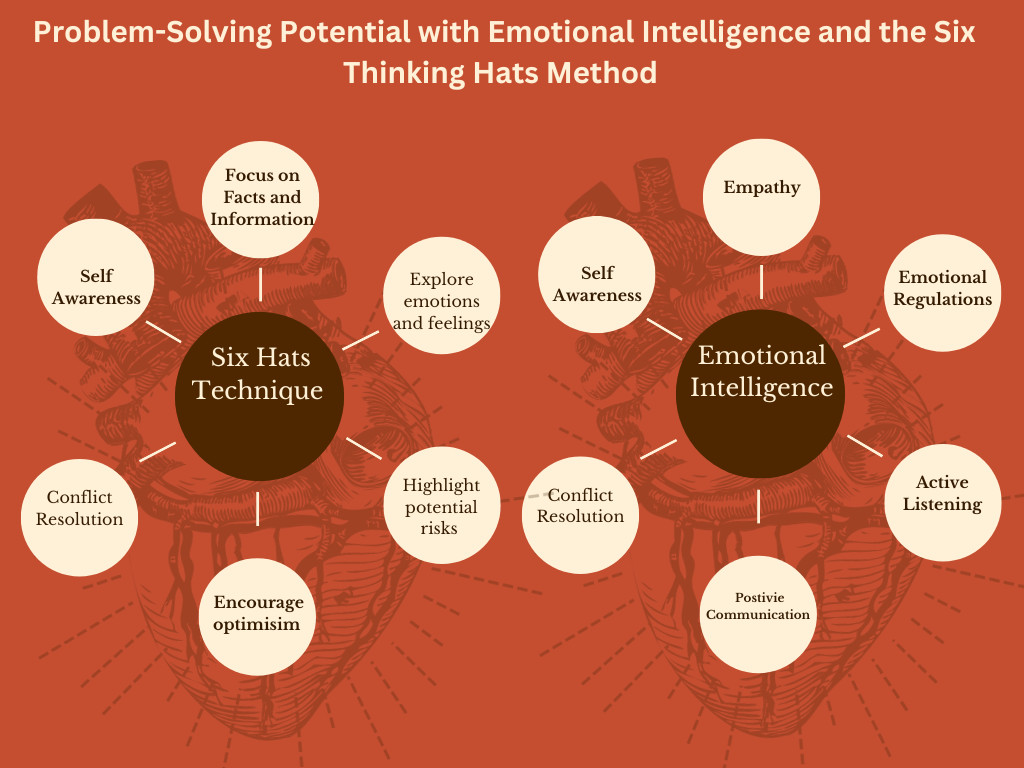
In today's fast-paced and complex world, effective problem-solving skills are highly valued. Traditional problem-solving methods often rely solely on logical and analytical thinking, overlooking the crucial role of emotions in decision-making. However, by incorporating emotional intelligence techniques into problem-solving processes, individuals can tap into a broader range of perspectives and enhance their ability to find innovative solutions. One such method that complements emotional intelligence is the Six Thinking Hats, developed by Edward de Bono. This article explores how emotional intelligence can be integrated with the Six Thinking Hats method to elevate problem-solving skills and foster collaboration. By using this technique, individuals can approach problem-solving with more empathy, adaptability, and clarity, leading to more effective and efficient solutions.
Understanding Emotional Intelligence
Emotional intelligence refers to the ability to recognize, understand, and manage our own emotions and the emotions of others. It encompasses several key components, including self-awareness, empathy, emotional regulation, and effective communication. By developing emotional intelligence, individuals can navigate complex social dynamics, build stronger relationships, and make more informed decisions. As Goleman (1995) suggests that EQ includes self-control, zeal, persistence, and the ability to “motivate” others. He maintains that such skills are teachable.

The Six Thinking Hats Method
The Six Thinking Hats method is a powerful tool for problem-solving and decision-making. It encourages individuals to approach problems from multiple perspectives, represented by six metaphorical hats. Each hat represents a different style of thinking, enabling individuals to explore various angles and uncover new insights. The six hats are:
- The White Hat: Focuses on facts and information.
- The Red Hat: Explores emotions, intuitions, and feelings.
- The Black Hat: Highlights potential risks, challenges, and critical thinking.
- The Yellow Hat: Encourages optimism, positivity, and benefits.
- The Green Hat: Sparks creativity and generates new ideas.
- The Blue Hat: Manages the thinking process, facilitates organization, and sets the agenda
Emotional Intelligence Techniques for Six Thinking Hats
Integrating emotional intelligence techniques with the Six Thinking Hats method can greatly enhance problem-solving outcomes. Here are several techniques that can be applied:- Self-awareness: Before engaging in the problem-solving process, take a moment to reflect on your own emotions and biases. Understand how your emotions may influence your thinking and decision-making.
- Empathy: Put yourself in the shoes of others involved in the problem. Consider their perspectives, needs, and emotions. This helps to foster understanding, build stronger relationships, and promote collaboration.
- Emotional regulation: Practice managing your emotions effectively throughout the problem-solving process. Emotions can be valuable sources of information, but they should not cloud judgment or hinder objective thinking.
- Active listening: Pay close attention to the thoughts and feelings expressed by others in the problem-solving session. Actively listen without judgment, allowing for a deeper understanding of different viewpoints.
- Positive communication: Foster an environment of open and respectful communication. Encourage constructive feedback, acknowledge contributions, and promote a sense of psychological safety.
- Conflict resolution: Address conflicts that may arise during the problem-solving process with sensitivity and empathy. Encourage individuals to express their concerns openly and work towards finding mutually beneficial solutions.
- Benefits of Integrating Emotional Intelligence with Six Thinking Hats
- The integration of emotional intelligence techniques with the Six Thinking Hats method offers several benefits:
- Enhanced perspective: Emotional intelligence allows for a deeper understanding of the emotions and motivations underlying various perspectives. This enriches the exploration of different thinking styles represented by the hats.
- Improved collaboration: Emotional intelligence techniques foster empathy, active listening, and positive communication, creating an environment where individuals feel heard, respected, and motivated to contribute.
- Innovative solutions: Emotional intelligence encourages divergent thinking and creativity, which can lead to breakthrough solutions that may not have been considered otherwise.
- Conflict resolution: By addressing conflicts with emotional intelligence, individuals can navigate disagreements more effectively, leading to resolutions that satisfy all parties involved.
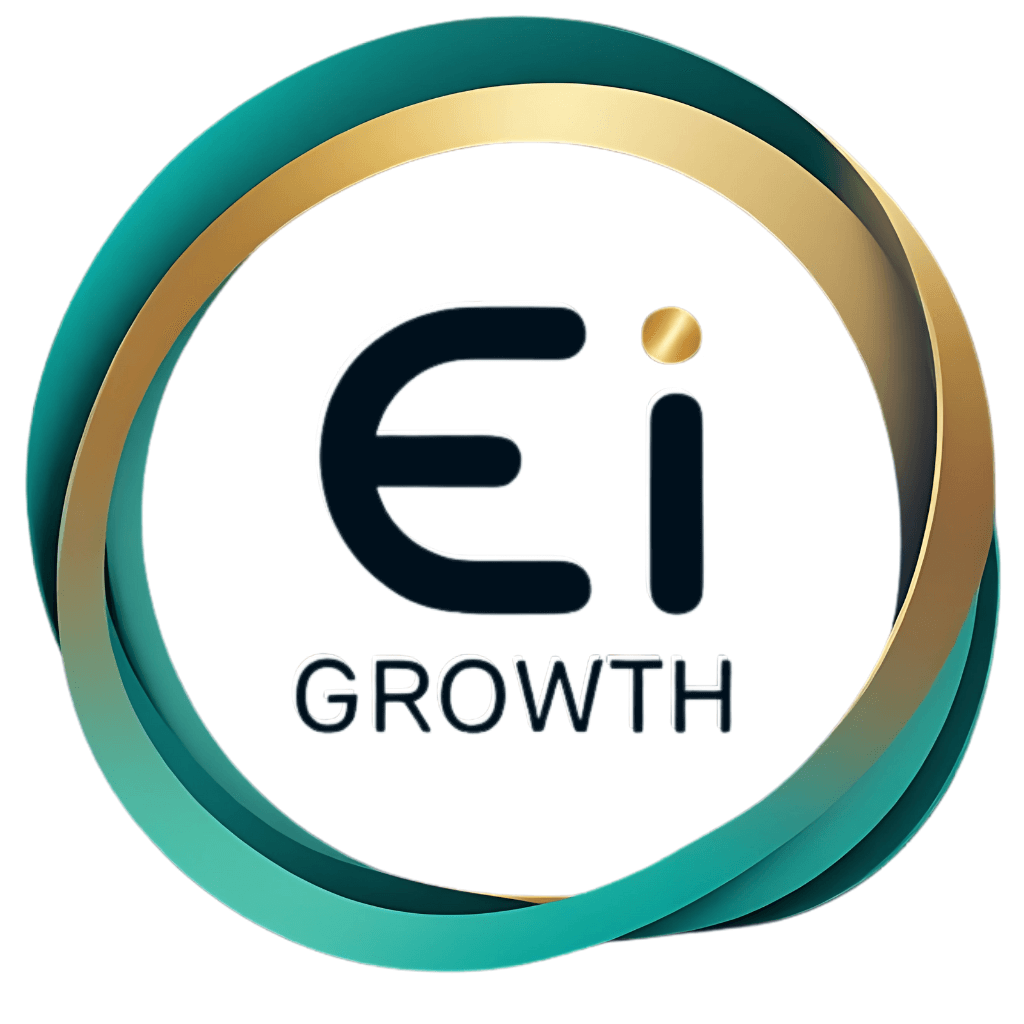


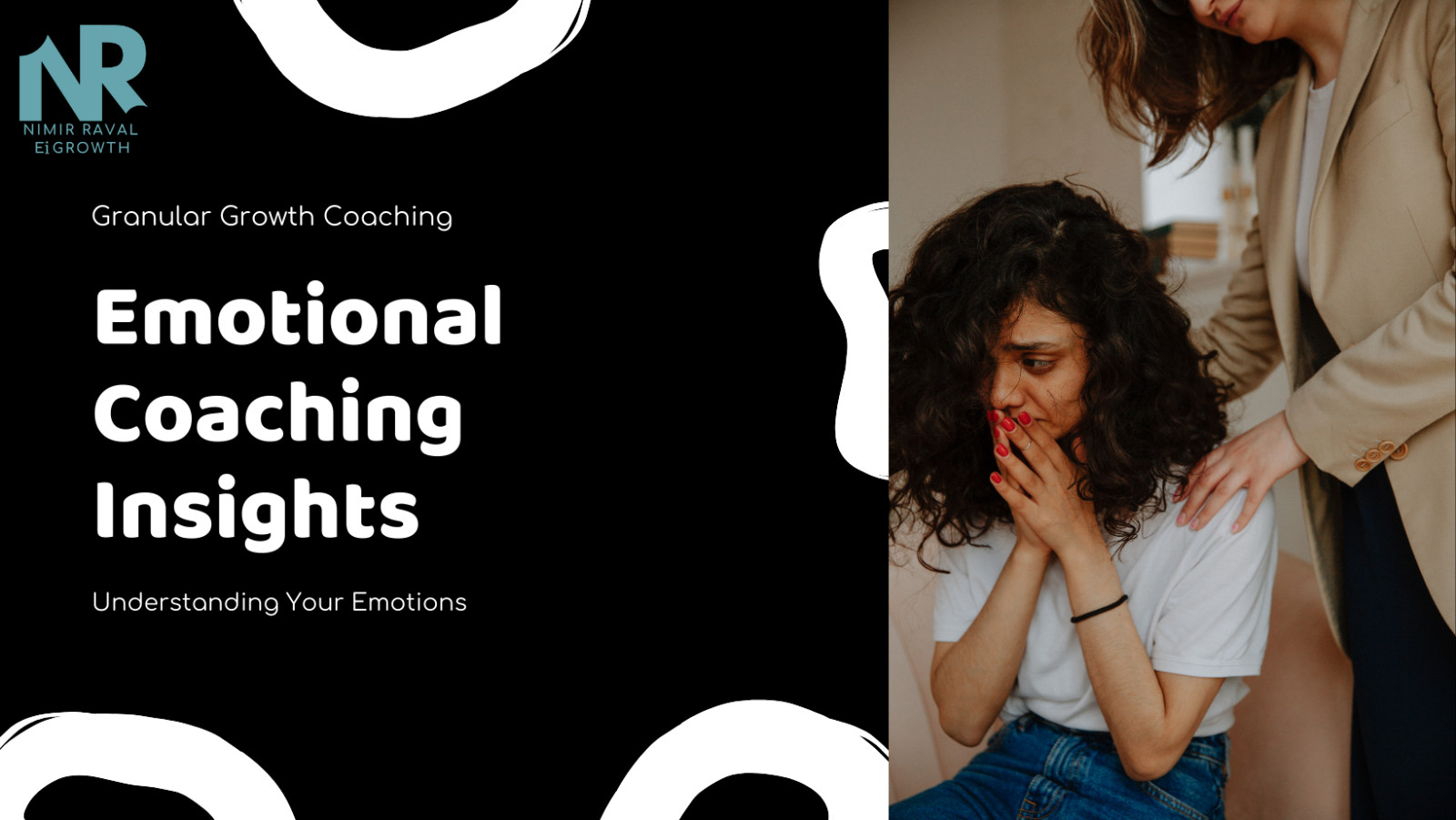





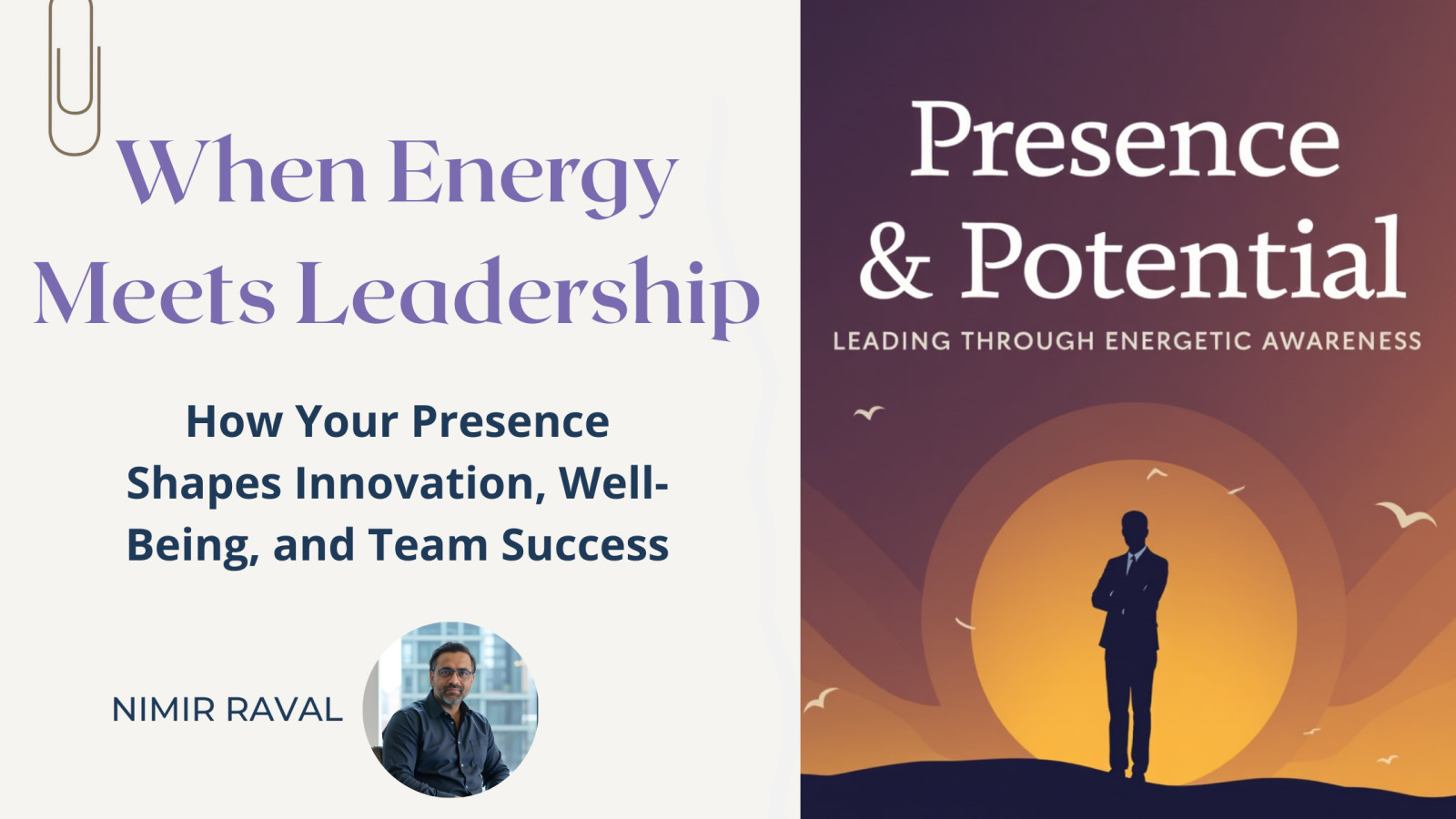







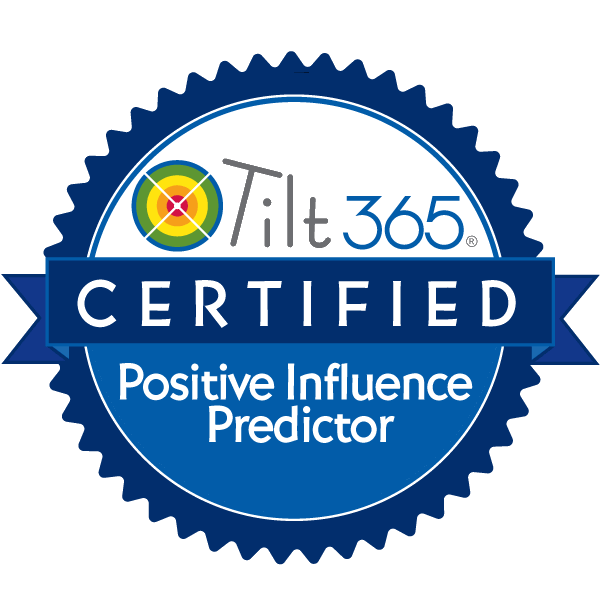
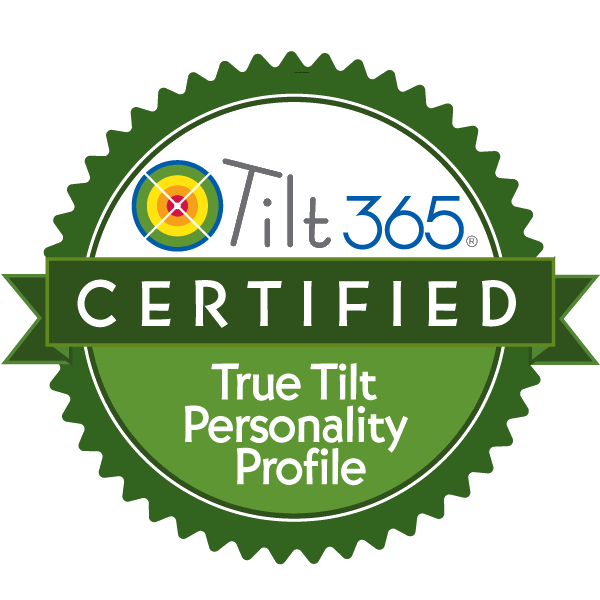



0 Comments